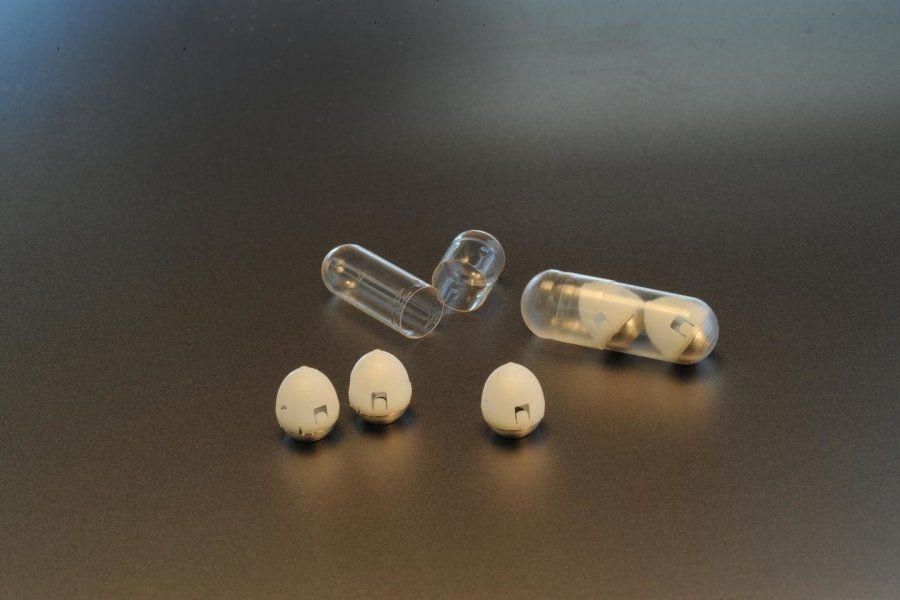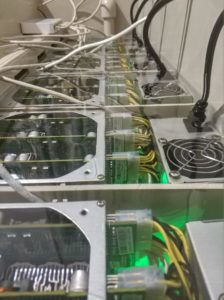This strange type of magnetism can form rapidly — and disappear just as quickly.


Today, we conclude our ongoing series discussing the Hallmarks of Aging [1] by looking at the hallmark of altered intercellular communication, the change in signals between cells that can lead to some of the diseases and disabilities of aging.
As an integrative hallmark, altered intercellular communication is caused by other hallmarks of aging. As a result, there is some hope that therapies targeting these other hallmarks will be able to treat this one.
There are a wide range of complex intercellular communications associated with aging, but we will focus on the ones discussed in the Hallmarks of Aging paper.

No, this isn’t the work of some gigantic bird. The living art you see before you was actually done by man — more specifically, artist and branchbender extraordinaire Patrick Dougherty. Crafting human-sized nest houses made by actually weaving growing trees into the shapes of houses, cocoons, pagodas, huts, giant water pitchers and even people, Dougherty has traveled the world with his truly extraordinary sculptures. Click through our photo gallery for images of some of his coolest work.



An MIT-led research team has developed a drug capsule that could be used to deliver oral doses of insulin, potentially replacing the injections that people with type 2 diabetes have to give themselves every day.
About the size of a blueberry, the capsule contains a small needle made of compressed insulin, which is injected after the capsule reaches the stomach. In tests in animals, the researchers showed that they could deliver enough insulin to lower blood sugar to levels comparable to those produced by injections given through skin. They also demonstrated that the device can be adapted to deliver other protein drugs.
“We are really hopeful that this new type of capsule could someday help diabetic patients and perhaps anyone who requires therapies that can now only be given by injection or infusion,” says Robert Langer, the David H. Koch Institute Professor, a member of MIT’s Koch Institute for Integrative Cancer Research, and one of the senior authors of the study.


As we look to explore our nearest celestial neighbor, NASA Administrator Jim Bridenstine tells OZY how we’ll partner with U.S. companies to design and develop landers to send astronauts to the lunar surface. Read Bridenstine’s op-ed: https://go.nasa.gov/2SKGQS2
